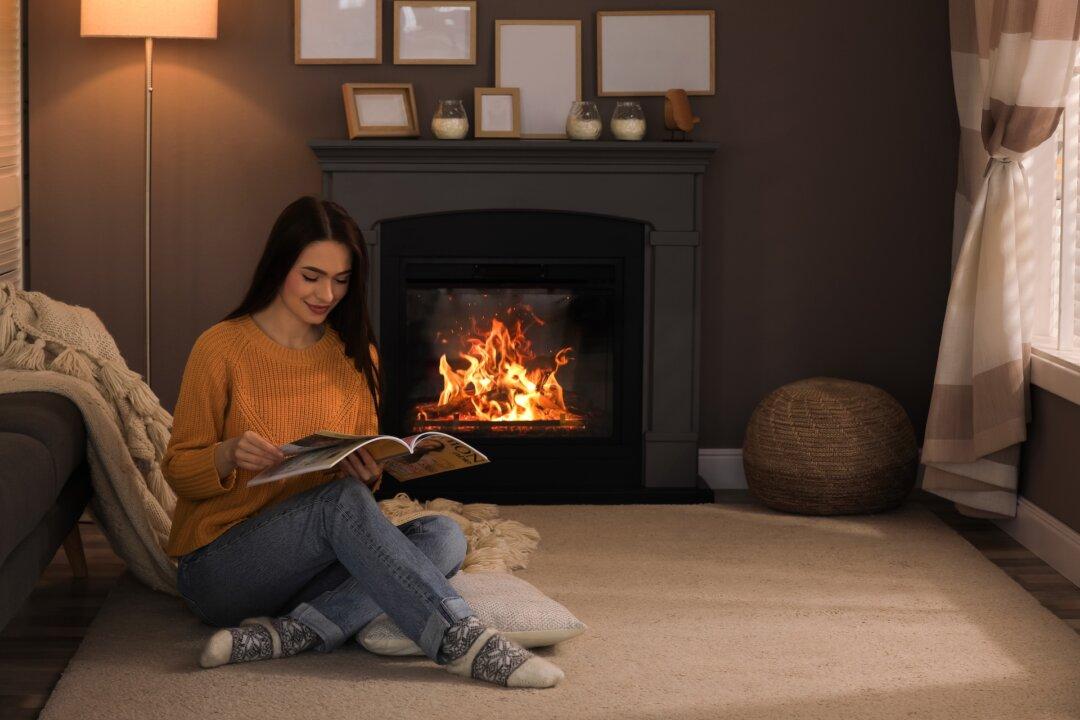Most brick feels very hard and strong to the touch, but it actually is porous. Moisture can pass through it and get to the framed wall underneath it. The wall is designed to handle this, but the moisture can gradually damage the brick material itself. This can be even worse for recycled brick because it may already have some tiny cracks from the demolition.
This is true for all climates, but it is especially relevant in cold climates. Moisture can degrade the mortar over time, which weakens the entire wall and creates uneven loading on individual bricks. In cold climates, brick and mortar that get saturated with water go through repeated freeze and thaw cycles. This can destroy even the best brick wall.
Using old, recycled brick can be attractive, but it has its risks for a brick veneer house wall. If the recycled bricks are from an older, solid masonry wall house, not all of the bricks are equally strong and moisture resistant. Less expensive, weaker bricks were used on the interior layers because they did not have to be exposed to the harsh outdoor weather.
Bricks are rated by the manufacturers into grades depending upon the weather conditions to which they will be exposed. Severe weathering bricks are the densest and hardest, and absorb the least amount of moisture. Moderate weathering bricks are the next grade lower, but they are still used in many colder climates.
Negligible weathering bricks are the softest and should be used in only the mildest climates where there is no chance of freezing. These bricks are less expensive and are ideal for interior decorative brick walls. Even in mild climates, select SW bricks for where they come in contact with the ground.
The mortar is generally the weak link in a brick wall. Mortar is formulated (lime, cement, and sand) to be softer and somewhat elastic. This allows it to absorb slight movement within the brick wall. A harder mortar mix would break and lose its adhesion to the brick. When this happens, wind-driven rain can be forced in through the cracks.
The best maintenance for a brick wall involves keeping dampness and water away from the bricks. Overflowing gutters and improper drainage and grading around the house are common causes of brick wall failures. Sealing the wall with liquid sealers can help.
A settling foundation is also a cause of brick wall failures, especially the diagonal cracks. Be sure to have the soil tested and the proper foundation design for the soil type.
If your brick wall does get a narrow, diagonal crack, first seal it with matching caulk. Give it a year more to see if the crack widens. If not, remove the caulk and fill it in with mortar. If the crack widens, a mason will have to repair it.






